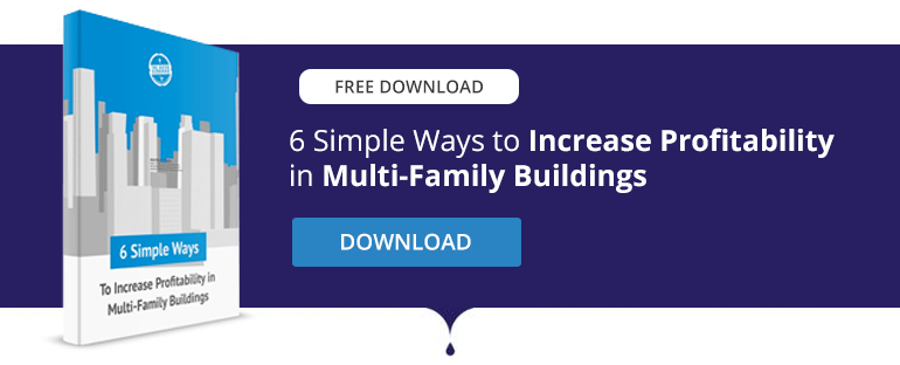
On average, tenants reside in a unit for 2 years before moving onto something new.
That 54% turnover rate can hit you pretty hard, but with some cost and time-cutting measures, you can ready that unit in no time, keeping your money where it needs to be.
Reducing Apartment Turnover Costs
There’s a large disparity in the cost of unleased apartments. On one end, a low-cost unit can run you around $1,500 for every month it’s vacant. That includes the marketing costs of attempting to rent it out, missed rent, and any maintenance fees. A more expensive rental can run you up to $5,000. Some places may even cost more.
On top of that, it's important for landlords and property managers to note that the cost of an empty unit increases every day you're prepping a unit rather than renting it. By investigating these five areas, you may be able to trim your turnover costs and get your unit rented more quickly.
1. Administrative Costs
A large debate in the property management world is the Lease Origination Fee. The fee is charged every time a new lease is signed. It can cost up to one month’s rent for the leased unit. While many Property Managers argue that it’s the cost of quality management, many landlords find that the fee is overpriced for the signing of a document that’s already created.
Regardless of who’s right, it’s important to agree with the way your money is being spent.
Find a property manager that meets your needs and charges what you think their service is worth.
2. Marketing
If you know the unit will be vacant at a certain time, start marketing for it early. Use free services like Craigslist or social media platforms to get the word out. With sharing options from Facebook, Twitter, and other sites, it's easy to spread information.
Another technique is offering a referral bonus to your current residents. They may know people looking for a new place to stay and a nice reward for your tenant can be significantly cheaper than paid advertisements.
As time draws closer, spend more money on advertising it. As long as the ads costs less than the money lost on a vacant unit, it's well worth it.
3. Showing
While this may not cost anything directly, how you show the unit can increase the speed at which it’s filled.
Plan a time when you can show the apartment to multiple people and line up your appointments back-to-back. This is essentially a guided “open house.” By seeing others who are also interested in the same unit, potential tenants may feel the urgency to rent.
This also saves you time from coordinating various showings, letting you focus on other aspects of your job—and as you know, time is money.
4. Applications
If you have a waitlist, start contacting those individuals. This can be time-consuming as you’ll need to contact each applicant individually. It may help you find someone who has already seen the apartment and shown interest.
If you don’t have a waitlist, you should at least save the applications of those who didn’t get an apartment. While they missed one opportunity, they may still have their heart set on living in your building.
5. Repairs
After a tenant gives you notice that they’ll be leaving, give them copies of photos and any film you took of the apartment when they were moving in. This gives them the opportunity to make any necessary repairs, saving you time and money.
It’s also important to include the costs of different maintenance issues in the lease. Remind tenants of this before leaving so that you don’t spend additional time debating over costs.
Offer courtesy inspections prior to their departure, so nothing comes as a shock. If it’s a reparation or maintenance cost that you plan to take on, consider requesting permission to work on it prior to their departure. That can help you turn over the unit more quickly.
Saving Money When Losing a Tenant
You’re going to lose money during a turnover—it’s difficult not to.
The goal needs to be with reducing the amount of time the apartment remains unleased, which can save you massive amounts of money over the course of a year.
Planning ahead is in your best interest. Consider increasing rent to keep up with the market value of your unit. Look at the systems in place and identify how you can cut expenses in order to get your rentals filled.


